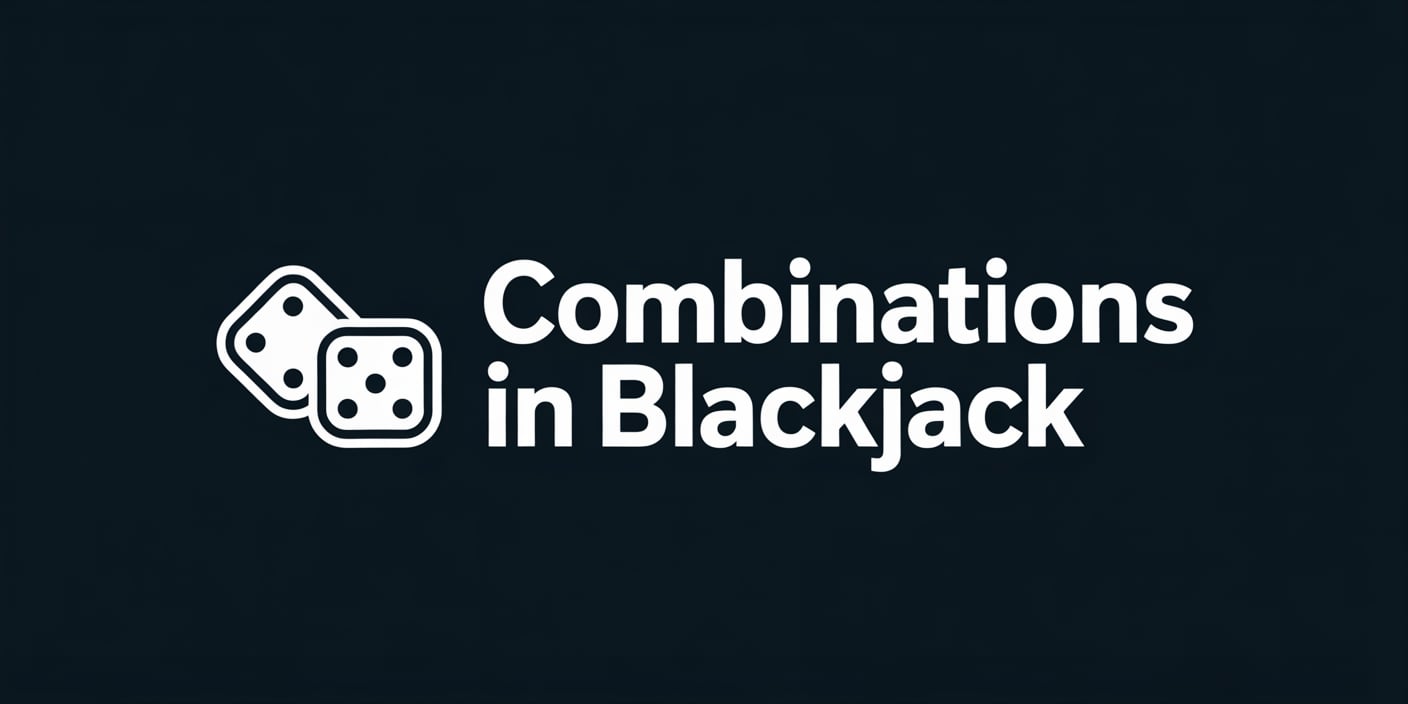Combinations in Blackjack

Blackjack is one of the most popular casino games in France and across Europe, loved for its simple rules and strategic depth. The game appeals to both beginners and seasoned players by offering a balance between luck and analytical decision-making. Whether you’re playing in traditional gaming houses or exploring reliable blackjack casinos online, understanding the game’s fundamentals is key to improving your chances. The foundation of blackjack are the cards, each with individual values that can largely decide the destiny of a hand. In this article, we will be speaking about the strengths of various cards in blackjack to inform you of what they do and how you can incorporate them in your strategy for playing.
Basics of Blackjack: How the Cards Work
Each blackjack card plays a specific role. Knowing the values of the cards is crucial to playing successfully. For instance, aces offer players the advantage of flexibility, where they can vary their approach based on the situation at the table.
A basic 52-card deck is employed in blackjack. Cards with numbers (2–10) are valued at their face value.
- Aces: Can be counted as either 1 or 11, whichever is beneficial.
- Face Cards (Jack, Queen, King): These are all valued at 10 points.
Face cards can dramatically increase your chances of drawing a blackjack — the most desirable result of the game.
Why Card Values Matter
Knowing the values of cards ensures that players are better placed to make wise decisions while playing a game. For instance, if you hold a 7 and a 10 while the dealer holds a 5, you should usually stand and hope the dealer will bust. The strategic worth of the cards allows you to consider risk and make smart decisions such as doubling down or splitting.
In France, as with most other players with a combination of intuition and mathematical planning, understanding how the card values play a role in decision-making also allows you to anticipate what the dealer will do. Adapting and reading situations by card values is a fundamental ability of any great blackjack player.
Numbered Cards
Numbered cards (2–10) are the basis for the majority of starting hands and are easy to understand. Two 5s, for instance, would cause a player to double down. Numbered cards are instrumental in educating beginners on how to build basic strategies like insurance and splitting.
For new players in French casinos or online platforms, numbered cards are an ideal starting point. They allow for the development of a strategic mindset without overwhelming complexity. Knowing how to use numbered cards effectively can boost your confidence and help refine your game over time.
Face Cards
Face cards have high winning value and can significantly boost your overall profit if applied strategically. A face card combined with an ace means blackjack — typically paid 3:2 in French casinos, including those in Monte Carlo and ARJEL-regulated online gaming.
At 10 value, face cards (Jack, Queen, King) are instrumental in forming winning hands. Using face cards effectively to maximize gains is an important aspect of successful blackjack strategy.
The Ace: Dual Threat and Flexibility
The ace has no partner in blackjack because it has the characteristic of playing either 1 or 11. This provides immense freedom for players. Getting an ace and 7 allows you to place a value on your hand as 18 or 8, which gives you alternative strategic options. The ability to decide on playing the ace as 11 or 1 helps in minimizing risk.
Amongst French players, the ace is often seen as the "wild card" of blackjack. It is a key part of any strategy due to its versatility. Knowing how to use the ace to transform your hand is the difference between losing and winning.
Conclusion
Every blackjack card possesses its individual strengths and plays a crucial role in shaping the game's outcome. The ability to recognize the values and influence of each card — numerals, face cards, and aces — allows you to make better informed decisions and pursue a more evolved blackjack strategy. Ultimately, luck plays a lesser role at blackjack than playing the game and responding appropriately.
FAQ
What does a blackjack look like, and how does it differ from other hands?
A blackjack is a two-card hand made of an ace and a 10-point card, with a total of 21. It's the best hand and typically gets paid 3:2. It beats all other hands except for a dealer's blackjack, in which event the hand is a push.
When would it be wise to double down?
Doubling down is optimal with 10 or 11. You place a bet and receive another card. It is especially helpful against weak dealer cards like 5 or 6 — a tactic commonly employed in French blackjack circles.
What is insurance, and do you ever take it?
Insurance is a side bet that comes into play if the dealer's face-up card is an ace. You wager half your initial bet and win 2:1 if the dealer has blackjack. That is not a suggestion we would customarily offer, as the longer term odds are not in favor of the player — a fact not lost on experienced French players.
What are the advantages of splitting cards?
Splitting allows you to play two hands when you receive two of the same rank. With a doubled bet, it creates new strategic opportunities and can increase your chances of a win. French players split 8s and aces, which statistically return the greatest long-term profits.
What are the pairs that affect your betting strategy?
Combinations play a central role in affecting betting decisions. For example, when you have a solid hand like a blackjack, it is reasonable to bet the minimum amount to maximize return. Diversified bets based on hand — and the dealer's upcard — are typical of an intelligent betting policy.
